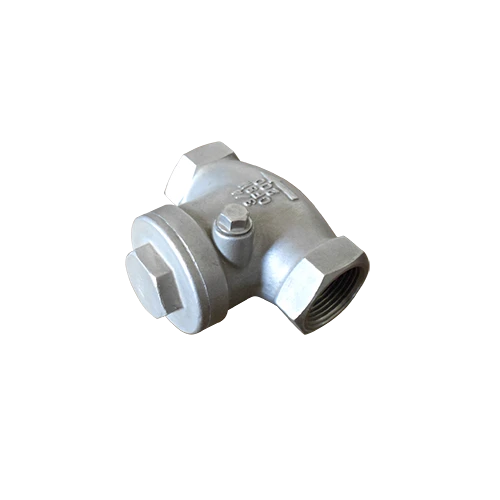Mobile:+86-311-808-126-83
Email:info@ydcastings.com
die casting technology
Die Casting Technology A Comprehensive Overview
Die casting is a manufacturing process that has gained significant prominence in various industries due to its ability to produce complex shapes with high precision and excellent surface finishes. This technique involves forcing molten metal into a mold cavity under high pressure, resulting in the formation of intricate components with minimal waste. Die casting is particularly favored in industries such as automotive, aerospace, electronics, and consumer goods, where precision and efficiency are paramount.
The Die Casting Process
The die casting process begins with the preparation of the die, which is typically made from high-strength steel or other durable materials to withstand the high pressures and temperatures involved. The die consists of two halves the cover die and the ejector die. After the die is assembled, it is preheated to enhance the flow of the molten metal and to reduce cooling time.
The molten metal, usually aluminum, zinc, magnesium, or copper alloys, is then injected into the die at high pressure, typically ranging from 1,000 to 30,000 psi. This injection process can occur through two main methods hot chamber and cold chamber die casting. In hot chamber die casting, the furnace is integrated into the machine, allowing for quick and efficient transfers of molten metal. In contrast, cold chamber die casting involves pouring the metal into a separate chamber before injection, making it ideal for metals with high melting points.
Once the metal fills the mold cavity, it quickly solidifies, forming the desired shape. After cooling, the die is opened, and the part is ejected, usually with the help of ejector pins. The entire process is rapid, often taking only a few seconds for each cycle, making it an efficient choice for mass production.
Advantages of Die Casting
One of the primary advantages of die casting is its ability to produce parts with a high degree of accuracy and repeatability. Tolerances can typically be controlled within ±0.005 inches, which is much tighter than many other metal forming processes. This precision is crucial in industries like automotive manufacturing, where even minor deviations can lead to product failures.
Another benefit is the excellent surface finish that die casting can achieve. The smooth surfaces often require little to no additional machining, thereby reducing manufacturing costs and time. Components produced through die casting also exhibit good strength and durability, making them suitable for demanding applications.
Furthermore, the die casting process generates minimal waste material. The leftover metal can often be recycled and reused, contributing to more sustainable manufacturing practices. This aspect is increasingly important as industries strive to adopt eco-friendly processes.
die casting technology

Applications of Die Casting
Die casting is extensively used in the automotive industry for producing parts such as engine blocks, transmission housings, and various brackets and supports. The precision and lightweight nature of die-cast aluminum and zinc components help enhance fuel efficiency and performance.
In the electronics sector, die casting is utilized to create housings for devices, connectors, and heat sinks. The high thermal conductivity of certain die-cast metals is advantageous in managing heat in electronic components.
Additionally, in consumer goods manufacturing, die casting is employed for creating items like kitchen appliances, tools, and decorative hardware. The ability to produce intricate designs and finishes allows for greater creativity and functionality in product design.
Future of Die Casting Technology
As industries evolve, so does die casting technology. Innovations such as 3D printing are beginning to intersect with traditional die casting, enabling the creation of more complex and customized molds. Moreover, advancements in materials science are leading to the development of new alloys that enhance the performance and properties of die-cast components.
Automation and robotics are also influencing the die casting process, streamlining production and increasing efficiency. Smart manufacturing technologies and IoT are paving the way for better monitoring and control of the die casting process, promising further improvements in quality and productivity.
Conclusion
Die casting technology continues to be a vital component in modern manufacturing. Its ability to produce high-quality components swiftly and cost-effectively makes it indispensable in various industries. As the technology advances and integrates with newer manufacturing techniques, the future of die casting holds immense potential for innovation and sustainability. Embracing these changes will empower manufacturers to meet the evolving demands of the market while maintaining quality and efficiency.
-
Why Should You Invest in Superior Pump Castings for Your Equipment?NewsJun.09,2025
-
Unlock Performance Potential with Stainless Impellers and Aluminum End CapsNewsJun.09,2025
-
Revolutionize Your Machinery with Superior Cast Iron and Aluminum ComponentsNewsJun.09,2025
-
Revolutionize Fluid Dynamics with Premium Pump ComponentsNewsJun.09,2025
-
Optimizing Industrial Systems with Essential Valve ComponentsNewsJun.09,2025
-
Elevate Grid Efficiency with High-Precision Power CastingsNewsJun.09,2025











